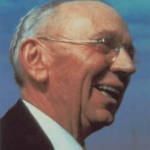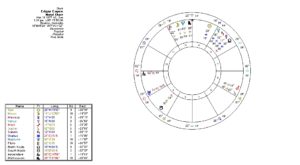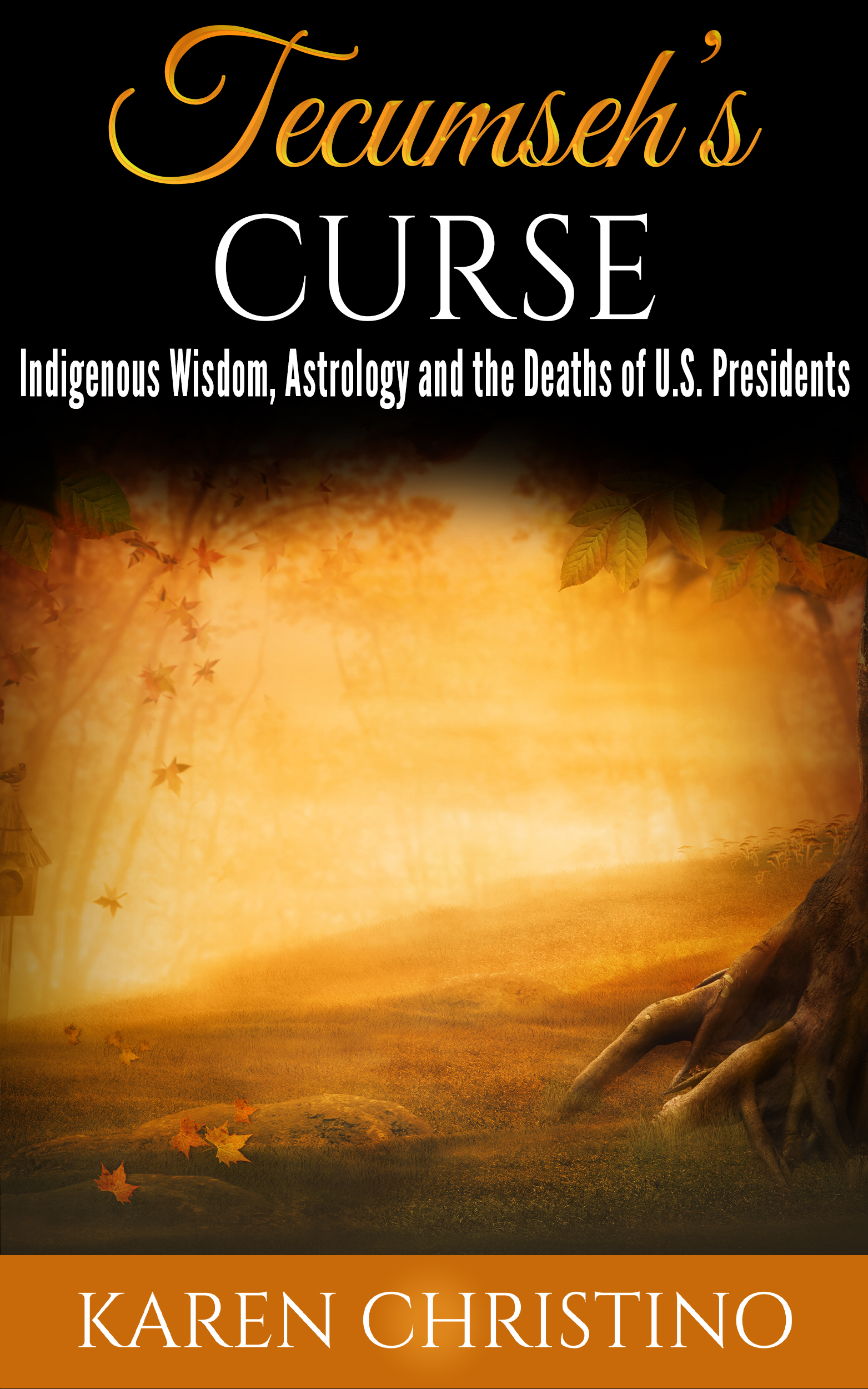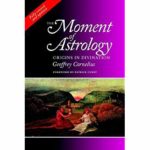The famous psychic Edgar Cayce said he’d had 37 astrological readings, and nearly half of the astrologers felt his birth time was incorrect! Cayce’s Mercury in Pisces made him visionary and eloquent, but outside of his trance states, exact details may not have been a strength. And since Mercury sextiles his Moon conjunct Neptune, confusion might also follow.

Cayce was born in the 19th century, when many American birth times weren’t recorded, so astrologers often rectified their charts. Several astrologers in touch with Cayce in the early 20th century offered him their own, “quick and dirty” rectifications on his time of birth.
Myra Kingsley, who’d worked for Evangeline Adams, wrote to Cayce with a horoscope interpretation, saying, “I have the chart drawn up for about 3:30 p.m. by West Kentucky time, as I am quite sure, due to your unusual ability, that you have a late degree of Leo rising, and the Sun in the eighth house.”
American Federation of Astrologers founder Ernest Grant had requested Edgar’s birth data and some notable life events, and shared that, “I rather believe that you were born either about 1:10 p.m. or somewhere between 5:00 and 6:00 p.m.”
Thomas Sugrue, in his biography There is a River, quoted Cayce’s grandmother for a time of “three o-clock exactly.” But his biography fictionalizes dialogue and life events, so would not necessarily be trustworthy. 
In a 1936 letter, Edgar clearly stated that he was born at 1:30 P.M. on a Sunday afternoon, quoting “the actual record from my parents, the physician and the birth certificate record.” While in a trance state for a reading for himself in 1919, Cayce, through his metaphysical source, provided a 3:03 p.m. birth time. These are the only two documented times that we have; others have been altered by astrologers or those not consulting the original records.
Edgar Cayce regularly differentiated between physical birth, the time of a baby’s first breath, and soul birth, which could occur many hours later. I believe that the 3:03 p.m. time provided by the reading was Edgar Cayce’s soul birth time (rounded off and given to Edgar’s grandmother by Sugrue decades later). The original birth certificate time of 1:30 was probably near his physical time of birth. The readings consistently said that physical birth times should be used for horoscope interpretations.
Edgar Cayce was born on March 18, 1877 at 1:30 p.m. LMT, in the small town of Beverly, Kentucky (Christian County – 36N45, 87W32). I would rate it “AA,” from the birth record. Birth data is listed in reading 254-2, Report 4 and 294-8, Report 13 in the Cayce database. (The soul birth time is also from reading 254-2).
Edgar Cayce’s readings and many records of his life are available to members of the Association for Research and Enlightenment. I write the “Celestial Forces” column for their magazine Venture Inward, which covers many metaphysical topics. Sample issues are available here.











